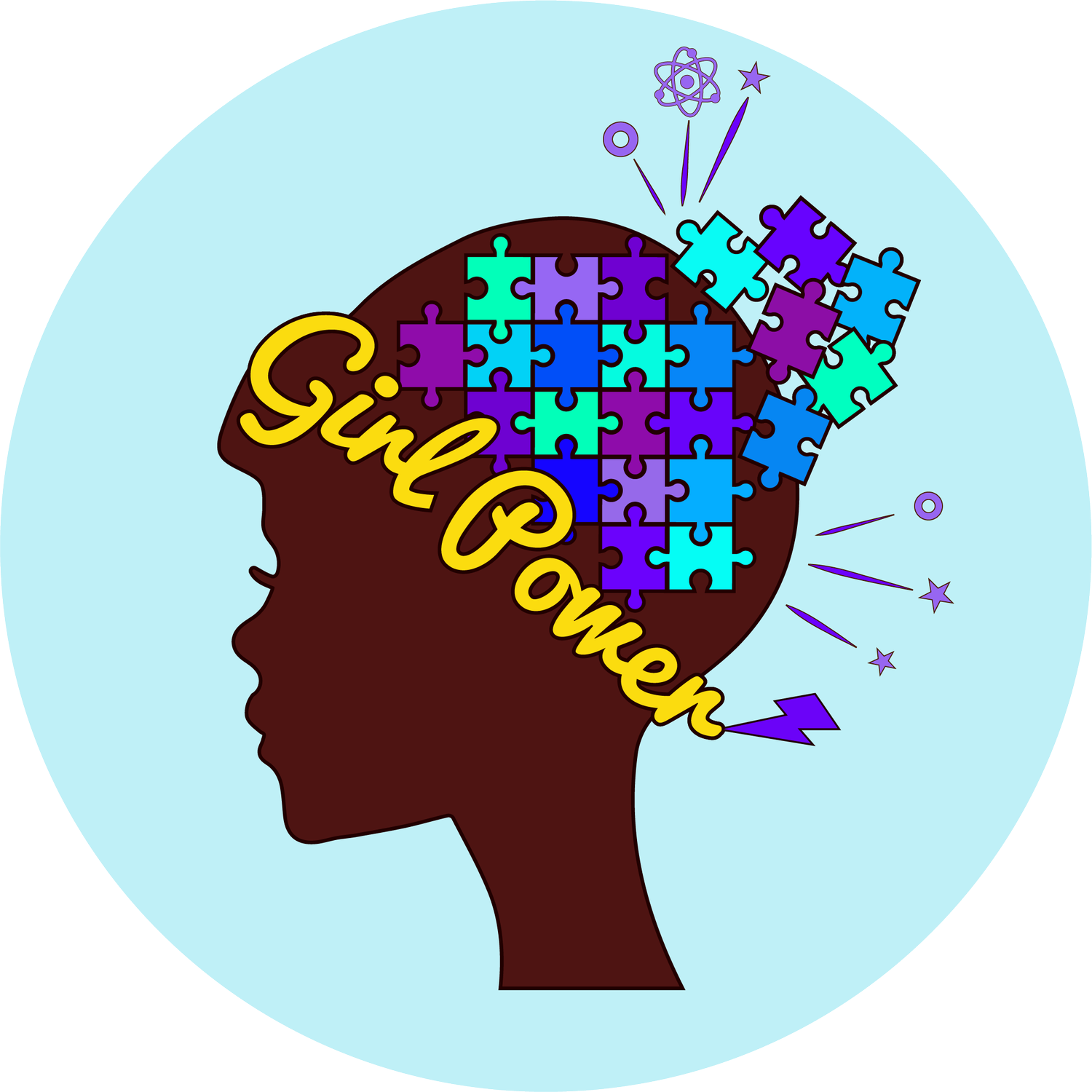Reframing Perimenopause and Puberty
My daughter and I empathize with each other during these major life transformations
By: Konika Ray Wong M.Ed, Girl Power Science Founder
Did you know that perimenopause and puberty are the two most intense periods of estrogen fluctuation in a woman's life? Some scientists describe perimenopause as "puberty in reverse." Progesterone starts to decline and estrogen fluctuates more intensely.
Signs of the onset of puberty and perimenopause are similar including body aches, irritability, sensitivity, and mood swings. During puberty, these signs show up before physical signs such as breast buds. Clues that perimenopause is arriving appear before changes in your menstrual cycle.
Speaking of cycles, menstruators experience a taste of perimenopause every month during their menstrual cycle. Perimenopause can feel like PMS on steroids.
Estrogen levels as girls and women age
Understanding the Hormone Dance
Dr. Sarah Thompson, endocrinologist at Women's Health Institute, explains: "The hormonal changes during perimenopause mirror puberty in reverse. Just as tweens and teens experience intense mood swings and physical changes during puberty, women in perimenopause go through similar transitions. The difference is that we're often juggling careers, families, and other responsibilities while navigating these changes."
Maria Chen, a 47-year-old marketing executive, shares her experience: "When my perimenopause symptoms started, I immediately remembered my teenage years. The mood swings, the night sweats—it was like being thirteen again, but this time I had the wisdom to understand what was happening."
The Hormone Dance
Common Experiences in Both Phases:
Sleep disruptions and night sweats
Emotional sensitivity and anxiety
Physical changes in skin and body composition
Changes in energy levels and temperature regulation
Brain fog and difficulty concentrating
"The parallels between puberty and perimenopause are striking," notes Dr. Rachel Martinez, adolescent health specialist. "In my practice, I often help mothers and daughters understand that they might be experiencing similar symptoms, just at different life stages. This understanding can create beautiful opportunities for empathy and support across generations."
Self-Care: Your Anchor Through Change
Jennifer Lee, a 15-year-old student, shares: "When I learned that my mom was going through similar things to what I was experiencing, it helped me feel less alone. We started doing yoga together, and now it's our special bonding time."
Self-care isn't just a luxury during these transitions—it's essential medicine. Here's how to support yourself through both phases:
Exercise is Essential!
1. Joyful Movement (Exercise)
Choose activities that you love
Aim for at least 30 minutes of movement daily
Include both cardio and strength training
Listen to your body's changing needs
Fitness coach Maya Williams observes: "The key is finding movement that brings joy. For some of my teenage clients, it's dance; for my perimenopausal clients, it might be yoga or swimming. The important thing is to keep moving while being gentle with yourself."
Listen to your Body and Nourish It Well!
2. Nutrition
Focus on whole, nutrient-rich foods
Include healthy fats and lean proteins
Boost calcium and vitamin D intake
Consider adding more fiber-rich foods
"Nutrition plays a crucial role in hormone regulation," explains nutritionist Dr. Lisa Patel. "Both teens and women in perimenopause benefit from a diet rich in whole foods, especially those containing phytoestrogens like soy, flaxseeds, and legumes."
Hydration helps uplift low moods and keep our skin moisturized from the inside out.
3. Hydration
Keep water easily accessible
Monitor your intake throughout the day
Adults: reduce caffeine and alcohol
Listen to your body's thirst signals
Create a cool, dark environment to help with sleep support.
4. Sleep Is Your Superpower!
Establish a consistent bedtime routine
Limit screen time one hour before bedtime
Practice mindfulness
Susan Rodriguez, a sleep specialist, emphasizes: "Sleep is when our bodies regulate hormones. Both teenagers and women in perimenopause need to prioritize good sleep hygiene, even when their hormones seem to be fighting against it."
Life Transformation
I'm 49 years old, and when I started experiencing perimenopause symptoms, I had an unexpected revelation. All those empowering lessons I'd taught my students about navigating puberty suddenly became relevant to my own journey. Having missed out on an empowering puberty education when I was younger, I now see perimenopause as a second chance – an opportunity to approach a major life transformation with knowledge and power. This perspective has helped me face this transition with curiosity rather than anxiety.
Whether you're supporting a young person through puberty or navigating perimenopause yourself, understanding these parallels can help normalize the experience. Remember: these transitions are natural, powerful phases of life that deserve attention, respect, and care.
Dr. Emily Chen, reproductive endocrinologist, concludes: "Both puberty and perimenopause are transformative experiences that shape our understanding of ourselves. By recognizing these parallels, we can better support each other through these profound life changes."
Girl Power Science will be offering our NEW “Perimenopause Power” workshops in Spring 2025. Stay tuned for more details!







